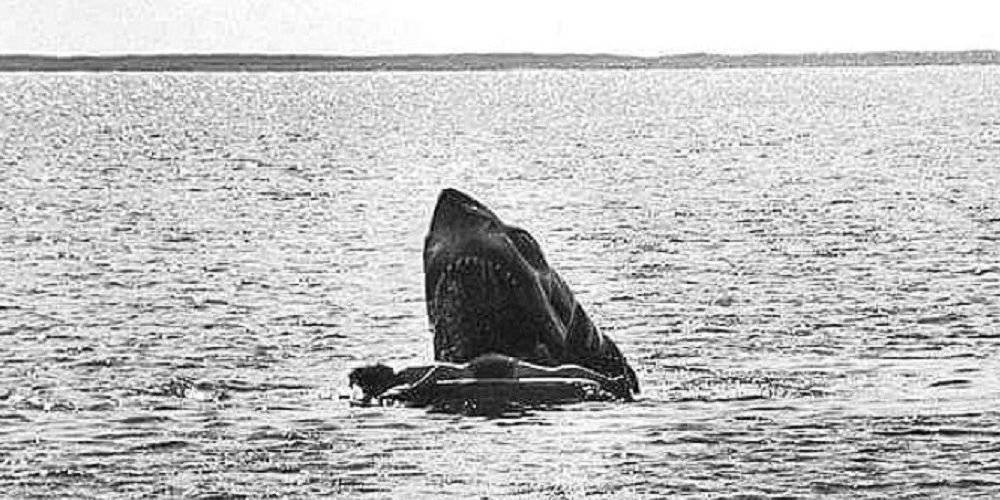Summary
-
Jaws
deleted scene showed a child being eaten, but was removed for being too graphic and shocking. - Spielberg’s decision not to include the scene may have been for the right reasons, as it kept the shark’s full appearance hidden until later in the film.
- Other films, like
Scary Stories to Tell in the Dark
and
The Fly,
also had scenes removed for being too dark or disturbing.
A dramatic turn in Jaws sees the shark eat a little boy named Alex Kintner, but in the original version of the scene, the child was devoured onscreen. 1975’s Jaws should need no introduction at this point, as it launched the career of now legendary director Steven Spielberg and is rightly considered a classic. One of the reasons Jaws succeeds is it’s both a frightening horror film and a high-seas adventure story, as police chief Martin Brody (Roy Scheider), marine biologist Matt Hooper (Richard Dreyfuss), and grizzled shark hunter Quint (Robert Shaw) team up to take down the huge great white.
One of the biggest plot developments in Jaws is the death of Alex Kintner, a boy that’s snatched up by the shark right off his floating raft. Alex’s mother then places a bounty on the shark that killed her son. The actual death scene — while still very disturbing — is mostly left up to the imagination, but it turns out audiences almost saw much more. A deleted scene in Jaws shows Alex Kinter’s death in full, and if had been included would have made the grizzly shark movie all the more horrific.
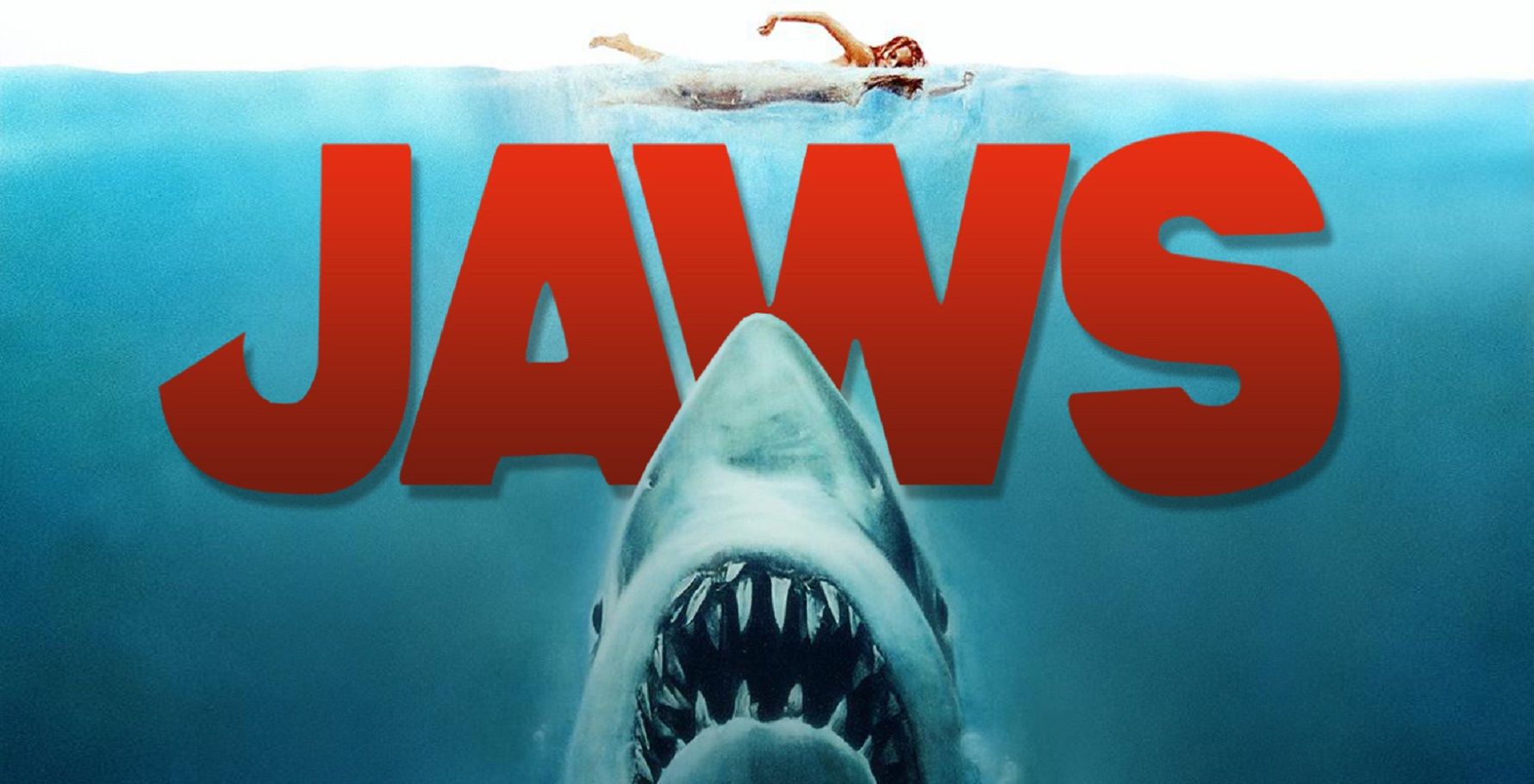
Related
Jaws: 10 Facts About The Shark They Leave Out In The Movies
From the shark’s symbolism to the alternative grim death Quint suffered in the book, here are some facts about the Jaws sharks the movies missed out.
Jaws Deleted Scene Showed a Child Being Eaten
Alex Kintner’s Death Was Almost Shown In Full
In 2018, a rare photo surfaced online from the making of Jaws, depicting a scene not featured in the film. The rather shocking image is in grainy black-and-white and shows the titular shark about to bite down on Alex Kintner on his raft. Something about the image alone is incredibly unsettling, and it’s inspired many fans to dub it everything from terrifying to nightmarish. It’s not hard to see why, as it’s basically the worst thing anyone swimming in the ocean could possibly imagine. The story behind the photo is that it’s from an alternate version of Alex Kintner’s death.
Sadly, no known footage of this alternate death is known to exist, although brief snippets of its filming can be seen in a documentary on the
Jaws
Blu-Ray release.
Originally, the boy’s demise was to be depicted onscreen in a much more gruesome fashion, with Jaws’ titular shark rising up out of the water and snatching the boy in its massive mouth. The shark would’ve then bitten down on Alex’s body, resulting in a torrent of blood. This more upsetting take on Alex becoming shark food is said to have been deleted from the final cut of Jaws for two main reasons.
The first reason this Jaws deleted scenes wasn’t included is that it was determined to be too graphic and shocking. Secondly, Spielberg decided he didn’t want to give away the shark’s full appearance until later in the film. Sadly, no known footage of this alternate death is known to exist, although brief snippets of its filming can be seen in a documentary on the Jaws Blu-Ray release.
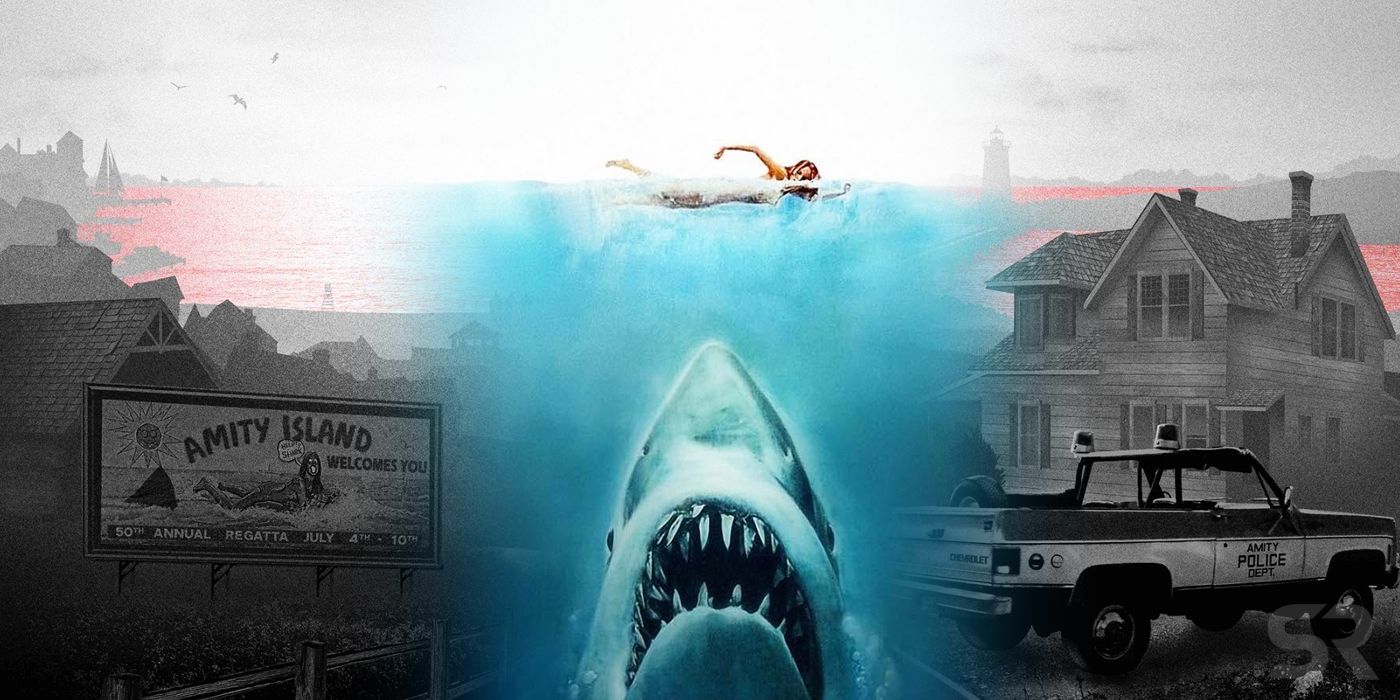
Related
Is Amity Island Real? Where Jaws Was Filmed
Does the movie Jaws take place in New York or Massachusettes? We break down where Jaws was supposed to take place and where the movie was filmed.
How Would This Scene Have Affected Jaws?
It Seems Spielberg Was Right Not To Include The Scene Of A Kid Getting Eaten
It’s difficult to determine if the deleted scene of a child being eaten would have made Jaws better or worse, as the reasons it was cut were somewhat subjective. However, Steven Spielberg’s rationale does make sense. One thing the 1975 movie does incredibly well is ramp up tension, with the shark not being seen until Brody, Hooper, and Quint head out in their infamously not-big-enough boat to bring the beast down once and for all. To say Steven Spielberg is an accomplished director is an understatement, so if he felt that including the deleted scene would have revealed the shark too early, chances are he’s right.
The other reason the deleted scene was removed — that it was dubbed too shocking even for Jaws — is a little trickier. Jaws is already an incredibly shocking and grizzly movie, and the final scene of Alex Kintner’s death that made it into the theatrical cut, where much is left to the imagination, is still incredibly haunting. To have the scene shown in full may actually have lessened the impact, as often the audience’s imaginations can actually conjure up worse images than what a film can show.
That being said, there would also likely have been the risk that, with a child’s death shown on-screen, Jaws would have had a harder time receiving a classification and getting released. It’s entirely possible that with the scene included, Jaws would have received an even higher age-rating and been viewed by far fewer people, meaning it wouldn’t be the cinema classic it’s rightly considered today.
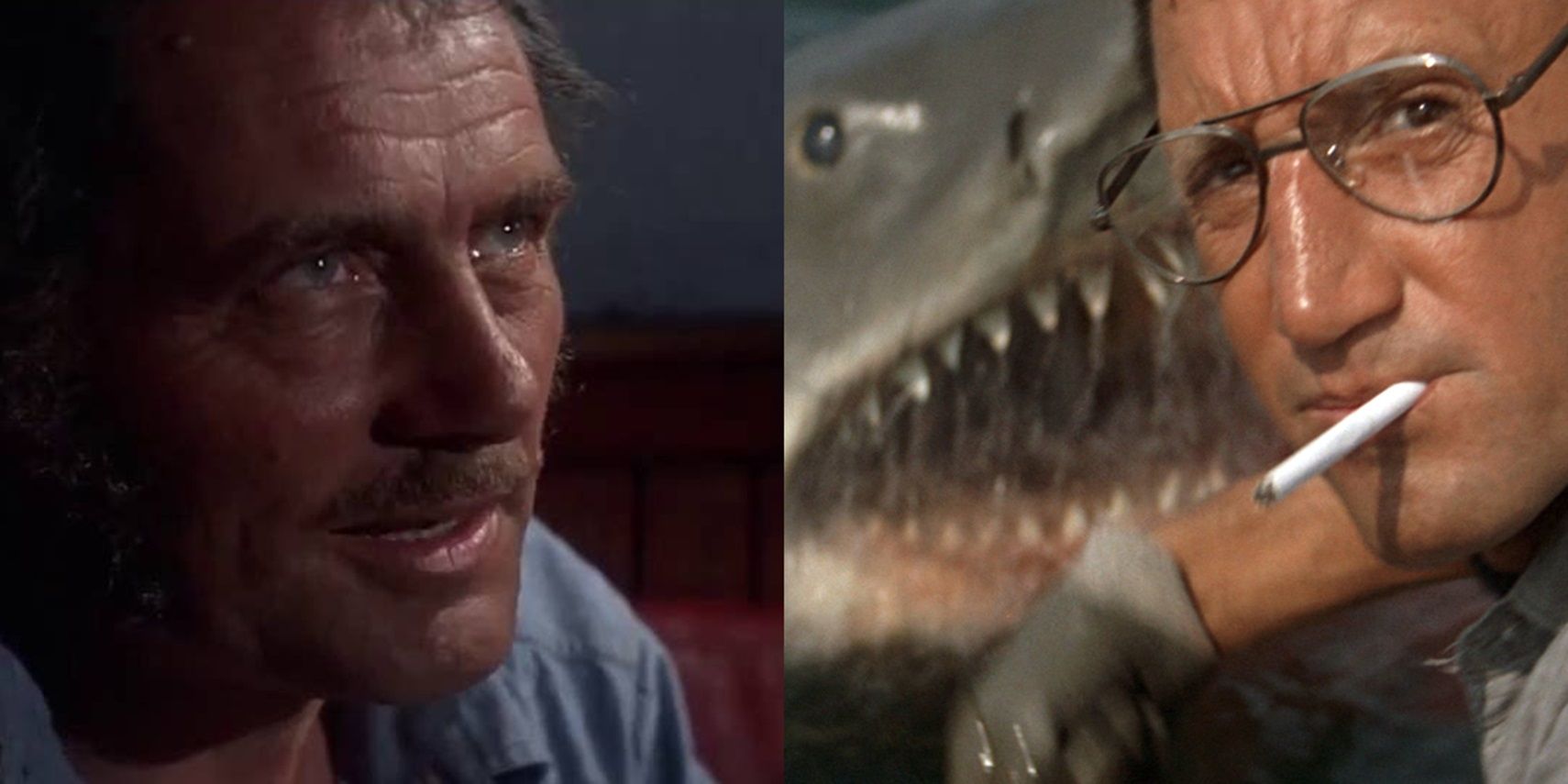
Related
Jaws: 10 Ways It Still Holds Up Today
Steven Spielberg got his big break with his 1975 horror masterpiece Jaws. Nearly 50 years later, the movie is still just as thrilling as it ever was.
Other Films With Deleted Scenes That Were Too Dark
The Child Death Scene In Jaws Is One Of Several Deemed Too Shocking For Already-Shocking Movies
It seems almost surprising in a way that there’s a deleted scene from Jaws that Steven Spielberg deemed too dark, as the movie has no shortage of dark moments and gruesome kills. However, Jaws isn’t the only already-dark movie to have a scene removed for being too far beyond the pale. For example, 2019’s Scary Stories to Tell in the Dark, directed by André Øvredal, has no shortage of grizzly and disturbing moments. There was one scene though that Øvredal felt was too gory, and also didn’t fit the specific tone of horror of the rest of the movie or the beloved book it’s based on.
In Scary Stories to Tell in the Dark, one of the most memorable sequences involves the scarecrow Harold — a murderous entity stuffed with straw who turns human beings into scarecrows after stabbing them. In the original plan, there would have been a scene involving Harold peeling away the skin of several farmers, but the director felt it was too grim to include.
Another example comes from the cult-classic body horror starring Jeff Goldblum, 1986’s The Fly. The Fly has no shortage of incredibly gross-out moments, and is one of the movies that put director David Cronenberg on the map because of it. It’s incredibly surprising that, of all the movies from all the directors, there was a scene gross-out-horror legend Cronenberg felt was too much for The Fly. The deleted scene sees Goldblum’s Seth Brundle place a baboon and cat in the teleportation pods, which creates a twisted hybrid he promptly has to beat to death with a metal pipe.
However, perhaps one of the most notorious examples is the deleted original ending of 2004’s The Butterfly Effect which, while not particularly gory, is still quite disturbing. The surreal time-hop movie starring Ashton Kutcher originally saw his character, Evan, become so distraught about his actions that he travels back on his own timeline to the point where he was a fetus in his mother’s womb. He then strangles himself with his own umbilical cord. Much like the deleted scene from Jaws, this involved the death of a child, and was likely deemed too depressing for the final cut.
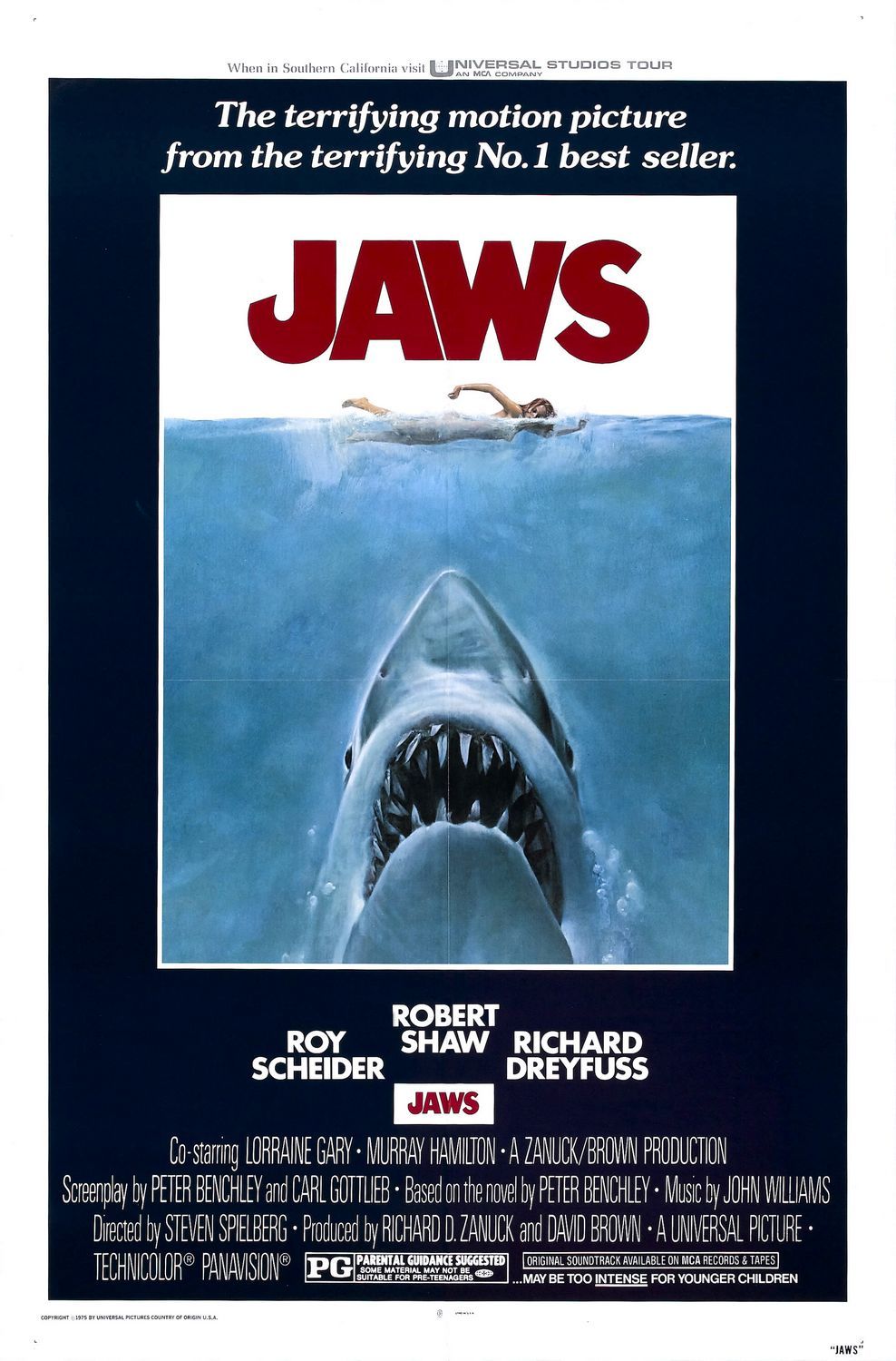
Jaws
Steven Spielberg’s legendary tale of one man’s desperate battle with a killer Great White shark on his small seaside community. Faced with a mounting list of victims and a local authority dead-set against causing panic or destroying the tourist economy, he assembles a team to tackle the shark head-on.
- Release Date
- June 18, 1975
- Writers
- Peter Benchley , Carl Gottlieb , John Milius , Howard Sackler , Robert Shaw
- Runtime
- 124 minutes
